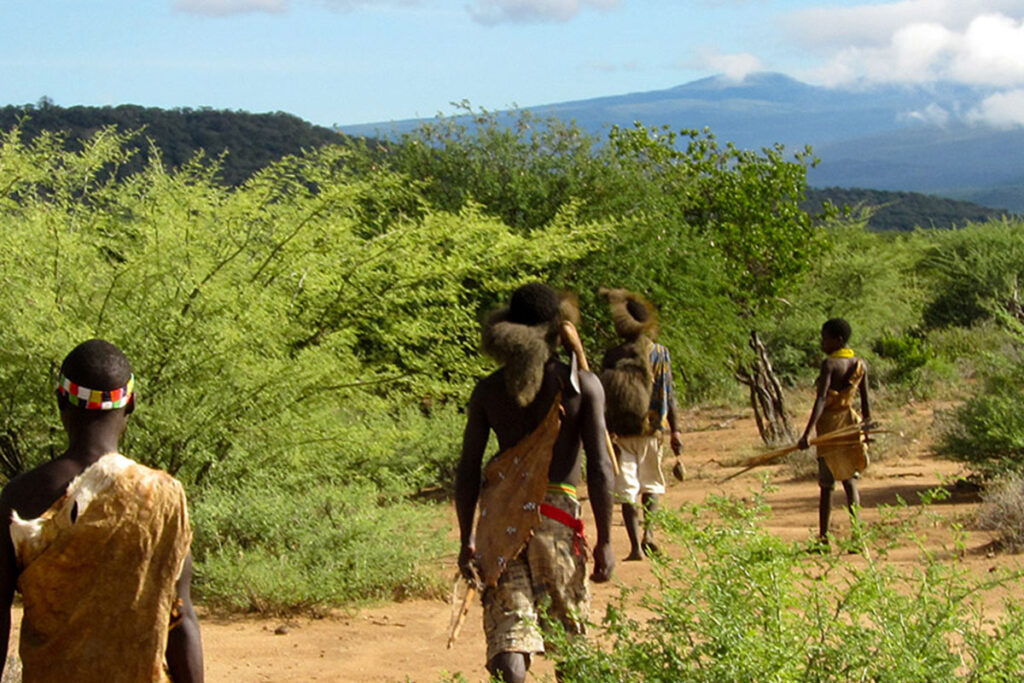Lake Eyasi is a remote, shallow, and alkaline lake nestled in the dramatic landscapes of the Great Rift Valley in northern Tanzania. It lies to the south of the Ngorongoro Highlands and west of Lake Manyara, forming part of a geological and ecological corridor that includes some of East Africa’s most iconic natural wonders. While less famous than neighboring destinations like the Serengeti or Ngorongoro Crater, Lake Eyasi offers a uniquely authentic and off-the-beaten-path experience for travelers seeking cultural immersion and unspoiled wilderness. The lake’s seasonal waters support a diverse bird population and sustain the ancient lifeways of the Hadzabe and Datoga peoples who have adapted to its harsh environment for generations. Its rich cultural heritage, scenic beauty, and biodiversity make it a fascinating destination for anthropologists, ecologists, and curious explorers alike.

Climate
The Lake Eyasi region experiences a semi-arid to arid climate, marked by hot temperatures and limited, unreliable rainfall. The area sees two primary rainy seasons: the short rains from November to December, and the long rains from March to May, although rainfall totals can vary drastically from year to year. Temperatures typically range from 20°C to 35°C (68°F to 95°F), with the hottest months occurring between October and February. These conditions result in dramatic fluctuations in the lake’s size and have shaped the adaptive strategies of both the wildlife and human populations in the region.
Ecology
Despite its challenging conditions, Lake Eyasi supports a specialized and seasonal ecosystem. The lake is most biologically active during the wet season when freshwater inflows support plankton, algae, and invertebrates, which in turn attract large numbers of migratory and resident birds. Flamingos are the most iconic visitors, drawn by the algae-rich waters, alongside pelicans, spoonbills, and crowned cranes. Terrestrial ecosystems around the lake include thorny scrublands, acacia woodlands, and grassy plains, which are home to species such as vervet monkeys, dik-diks, jackals, and hyenas. The lake’s changing conditions create a dynamic habitat that plays a key role in regional biodiversity.
Cultural Significance
Lake Eyasi holds deep cultural and anthropological importance as the homeland of two indigenous communities:
The Hadzabe are one of the last remaining hunter-gatherer societies in East Africa. Living in small, mobile groups, they rely entirely on wild resources, using bows and poisoned arrows to hunt game and foraging for roots, fruits, and honey. Their way of life is considered one of the most ancient and sustainable, offering a rare glimpse into human prehistory.
The Datoga, known for their pastoralist lifestyle, are skilled in cattle herding and blacksmithing. They produce intricate jewelry and tools from recycled metal and live in more permanent settlements than the Hadzabe. Their customs, dress, and language distinguish them from other regional tribes like the Maasai.
These communities face growing pressure from environmental degradation, climate change, and encroaching development, making cultural preservation efforts increasingly vital.
Tourism & Activities
Tourism at Lake Eyasi remains low-impact and culturally focused, attracting travelers interested in anthropology, birdwatching, and community-based experiences. Key activities include:
Visiting Hadzabe villages to learn about traditional hunting, fire-making, and foraging methods. Visitors often accompany the Hadzabe on mock hunts to see their skills in action.
Interacting with the Datoga, observing their blacksmithing processes, and learning about their herding practices and traditional clothing.
Birdwatching tours, especially during the wet season, to witness flamingos, waterfowl, and raptors.
Nature walks and guided treks across the lake’s shores and surrounding hills, where guides explain the use of local plants and wildlife tracking.
Cultural photography, capturing the unique landscapes, traditional dress, and daily life of the local communities.
